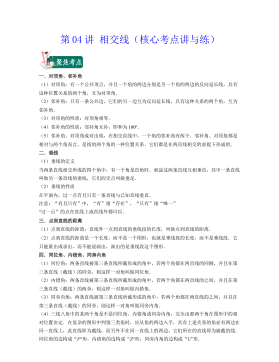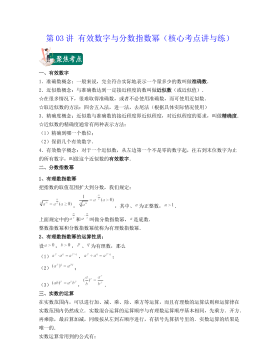适应性效率理论探讨
浙江财经学院硕士学位论文I摘要自从制度及其作用被众多经济学者关注以来,出现了大量的文献对制度的效率或者绩效进行研究和探讨,对在中国和俄罗斯发生的大规模制度变迁进行的研究自然也包括在内。中俄分别采取了不同的改革路径,进而产生了不同的改革绩效,它们所采用的制度也产生了不同的效率,因此如何来评价长期制度变迁过程中制度的效率就显得至关重要,它能够让我们更深刻地理解制度变迁的过程,或者说让我们洞悉制度变迁的一般规律,进而取得制度变迁的成功。自诺思开创适应性效率理论以来,其研究的重点集中在对适应性效率概念和相关要素的理解。但在制度变迁理论中,对于能够带来长期经济绩效的制度结构的特征——适应性效率的重要性是...
相关推荐
-
10KV电网D-SCADA 系统信息采集与故障诊断研究与设计VIP免费

 2024-10-14 20
2024-10-14 20 -
方形吸顶散流器平送风等温射流特性研究VIP免费

 2025-01-09 6
2025-01-09 6 -
关于充液声导波传感器中频散兰姆波的研究VIP免费

 2025-01-09 6
2025-01-09 6 -
结合梁斜拉桥施工过程中考虑剪力滞影响的分析方法VIP免费

 2025-01-09 6
2025-01-09 6 -
空调房间热舒适性的数值模拟与实验研究VIP免费

 2025-01-09 7
2025-01-09 7 -
汽车前轮线控转向系统研究VIP免费

 2025-01-09 8
2025-01-09 8 -
输入分配型混合动力车辆动力系统控制策略研究VIP免费

 2025-01-09 7
2025-01-09 7 -
双馈风力发电系统的柔性并网控制研VIP免费

 2025-01-09 8
2025-01-09 8 -
污水处理厂污泥好氧堆肥发酵技术的试验研究VIP免费

 2025-01-09 7
2025-01-09 7 -
应用风室试验装置的风机性能VIP免费

 2025-01-09 8
2025-01-09 8
作者详情
相关内容
-

汽车前轮线控转向系统研究
分类:高等教育资料
时间:2025-01-09
标签:无
格式:PDF
价格:15 积分
-

输入分配型混合动力车辆动力系统控制策略研究
分类:高等教育资料
时间:2025-01-09
标签:无
格式:PDF
价格:15 积分
-

双馈风力发电系统的柔性并网控制研
分类:高等教育资料
时间:2025-01-09
标签:无
格式:PDF
价格:15 积分
-

污水处理厂污泥好氧堆肥发酵技术的试验研究
分类:高等教育资料
时间:2025-01-09
标签:无
格式:PDF
价格:15 积分
-

应用风室试验装置的风机性能
分类:高等教育资料
时间:2025-01-09
标签:无
格式:PDF
价格:15 积分






